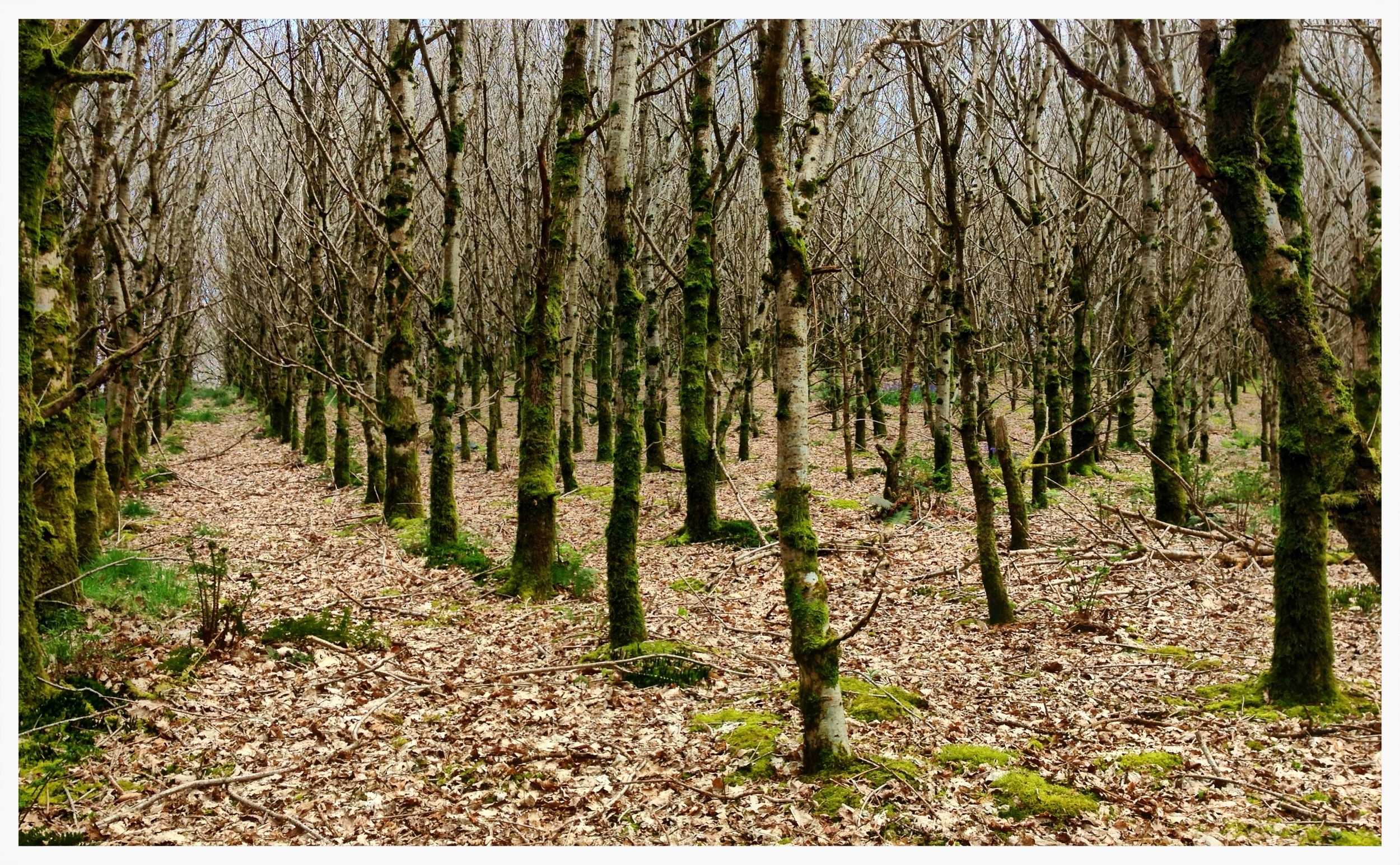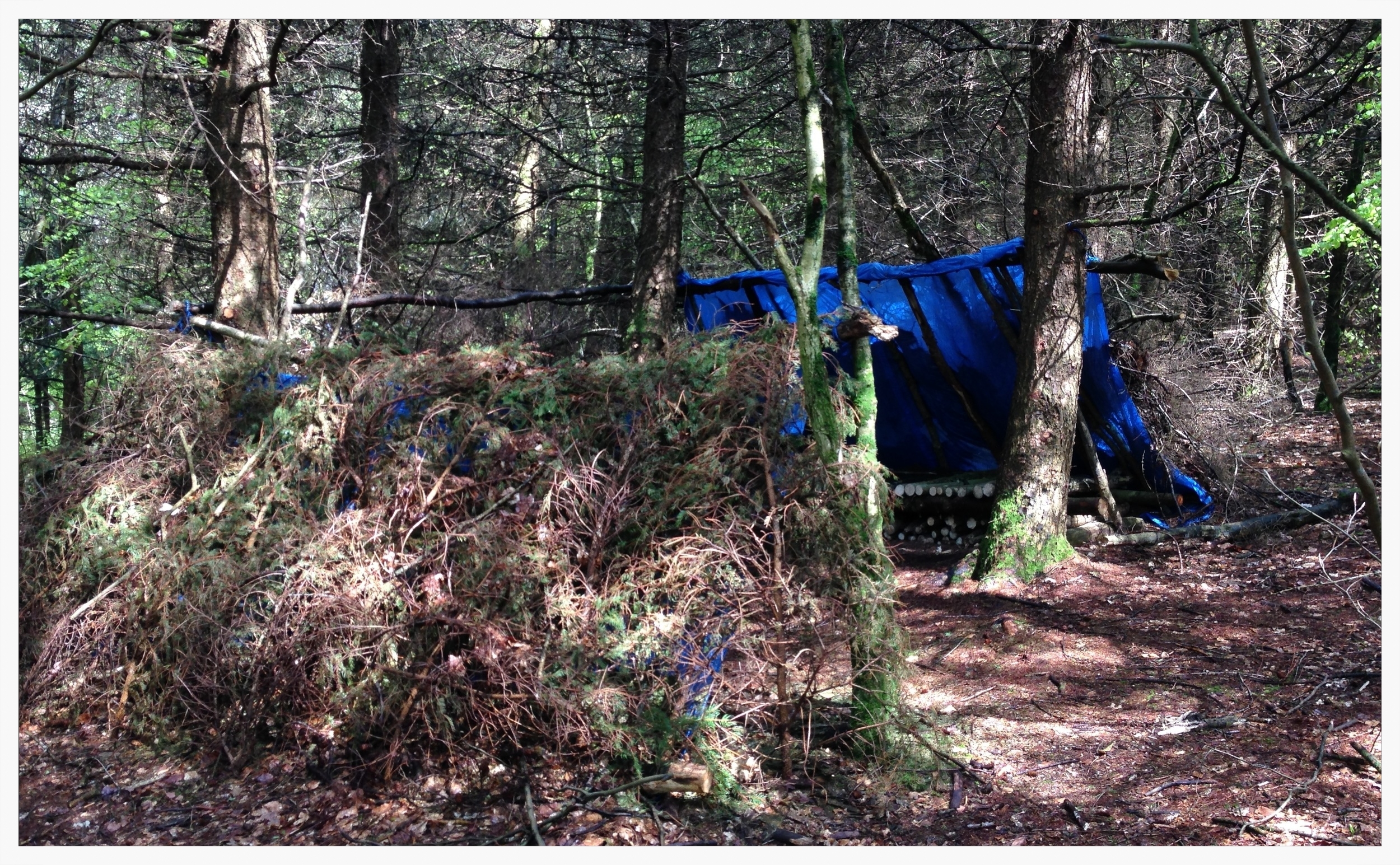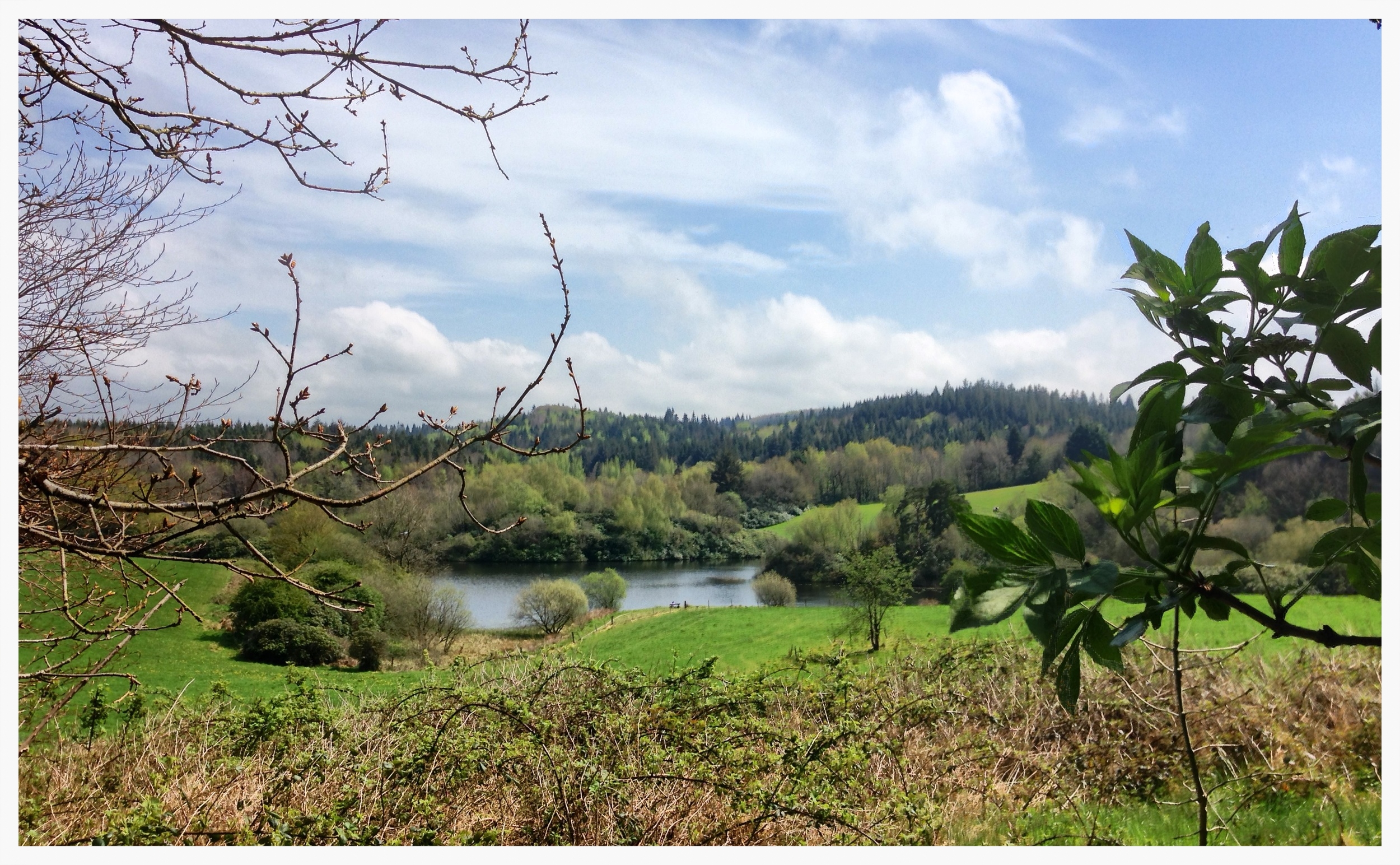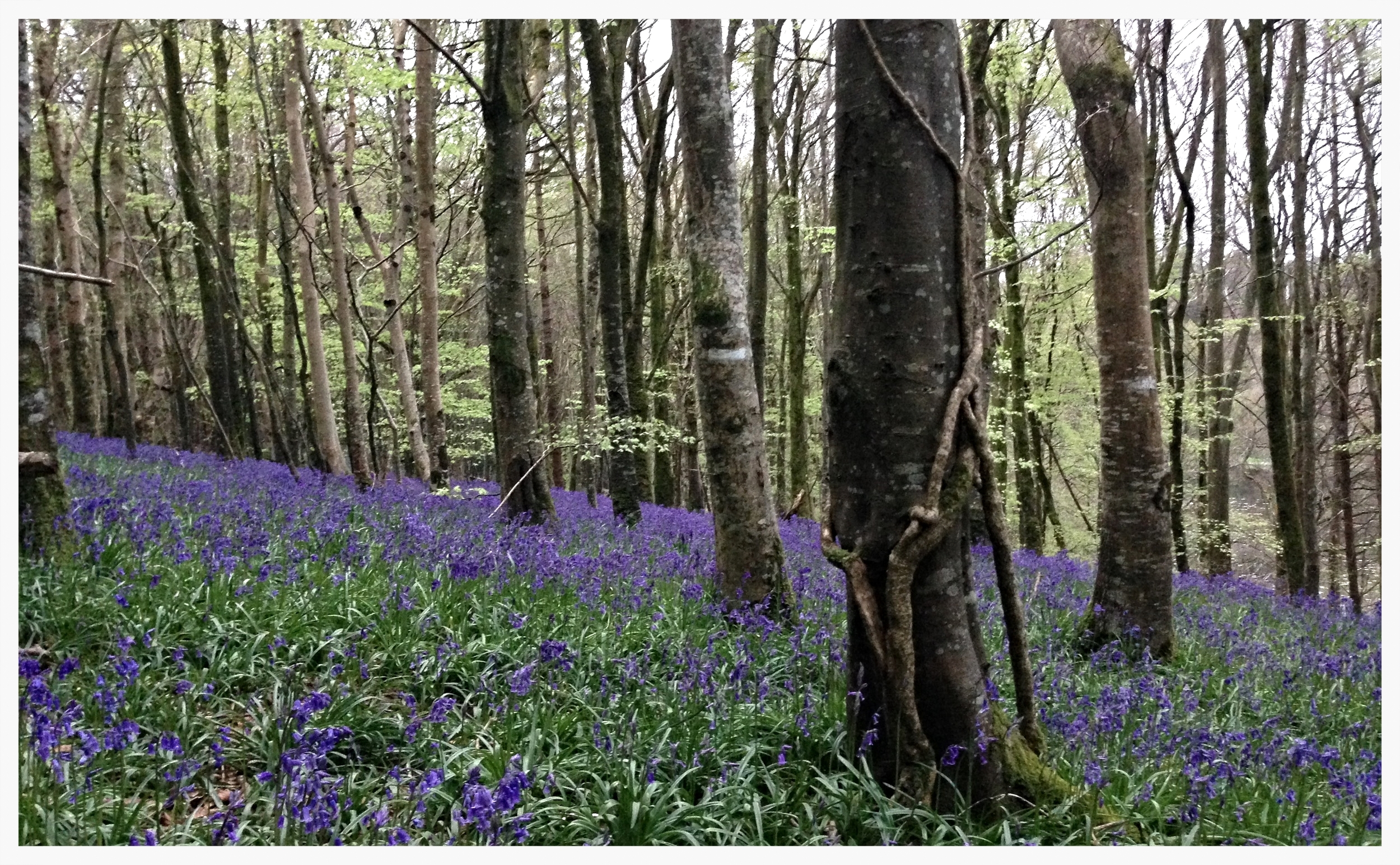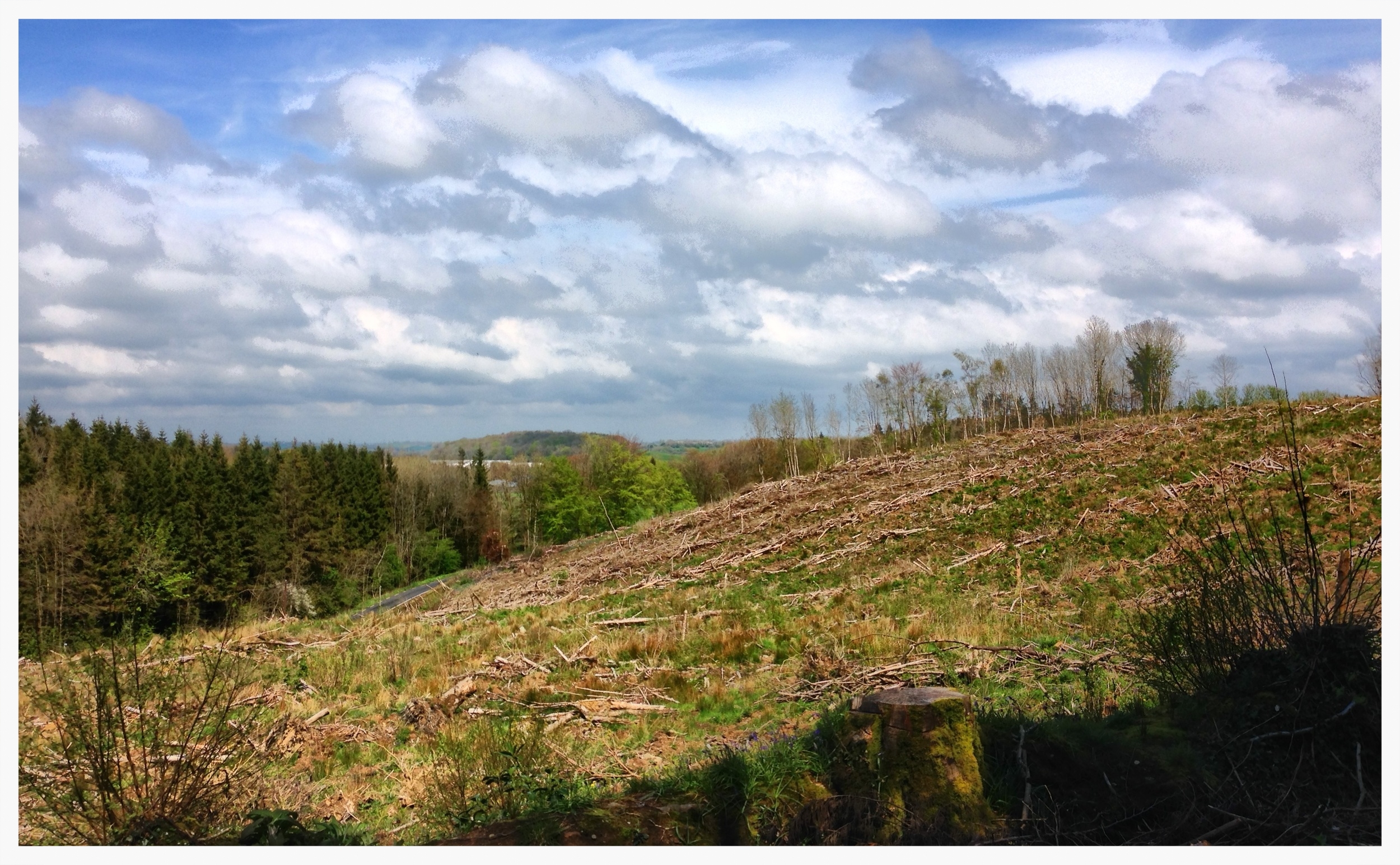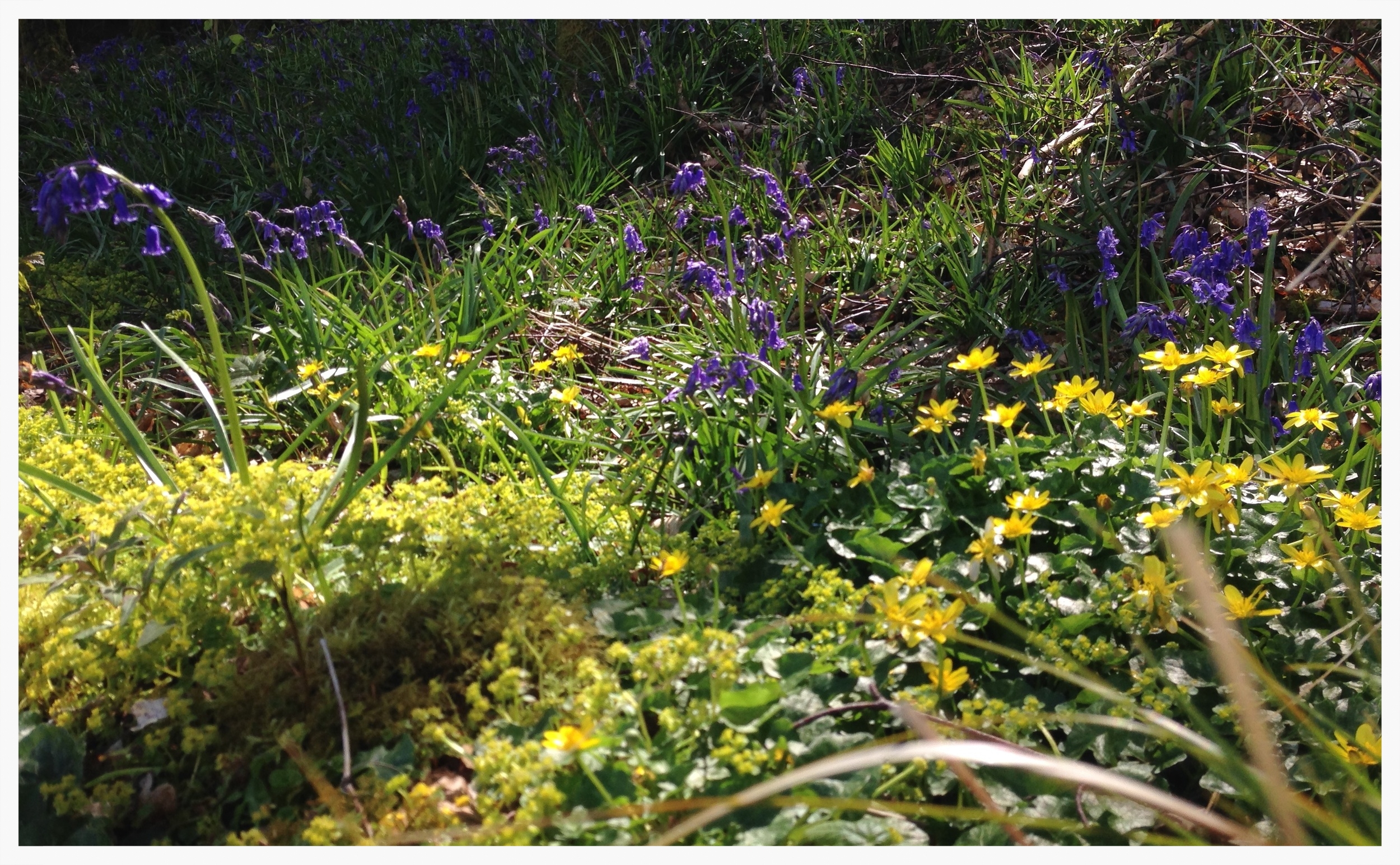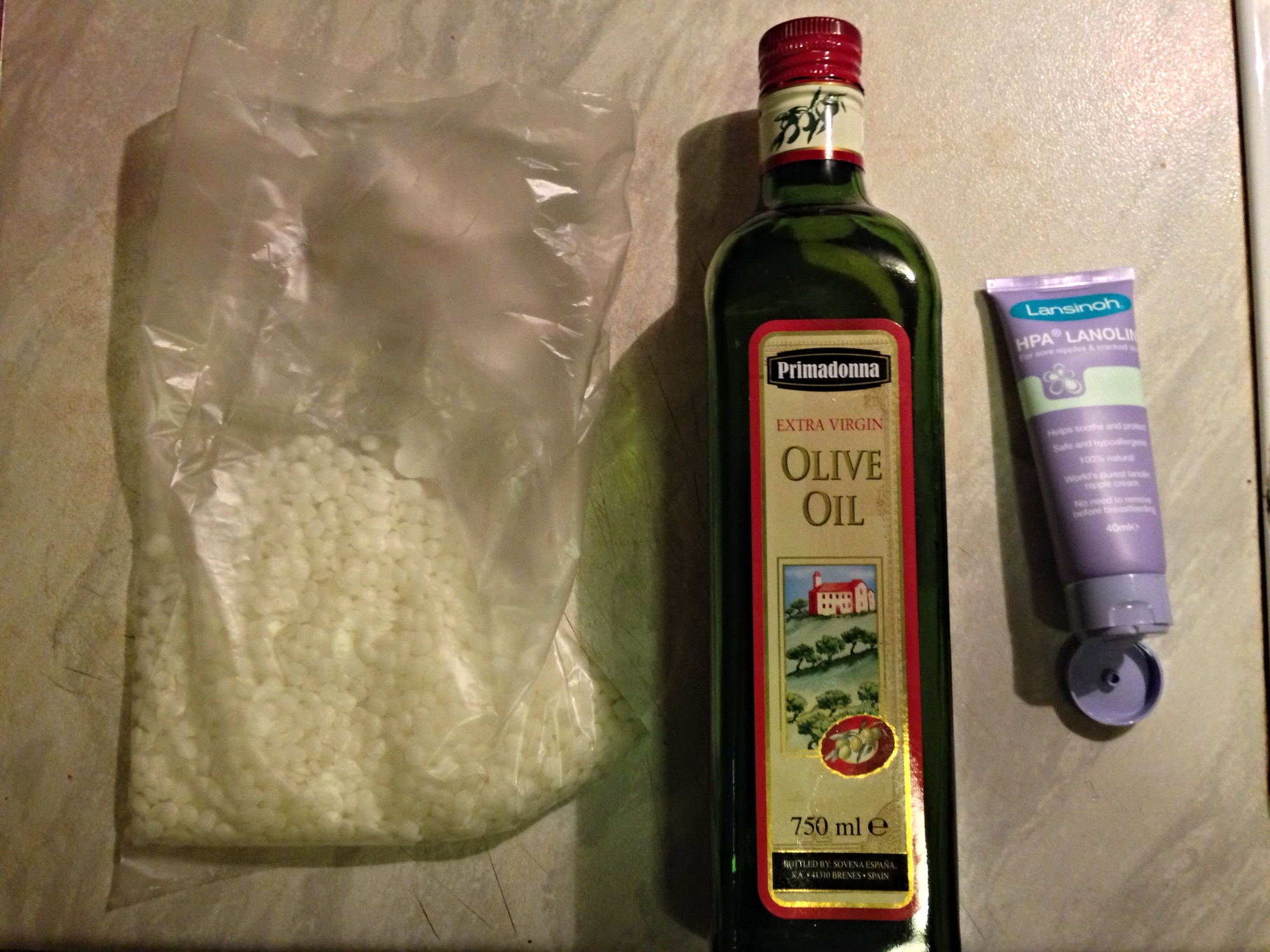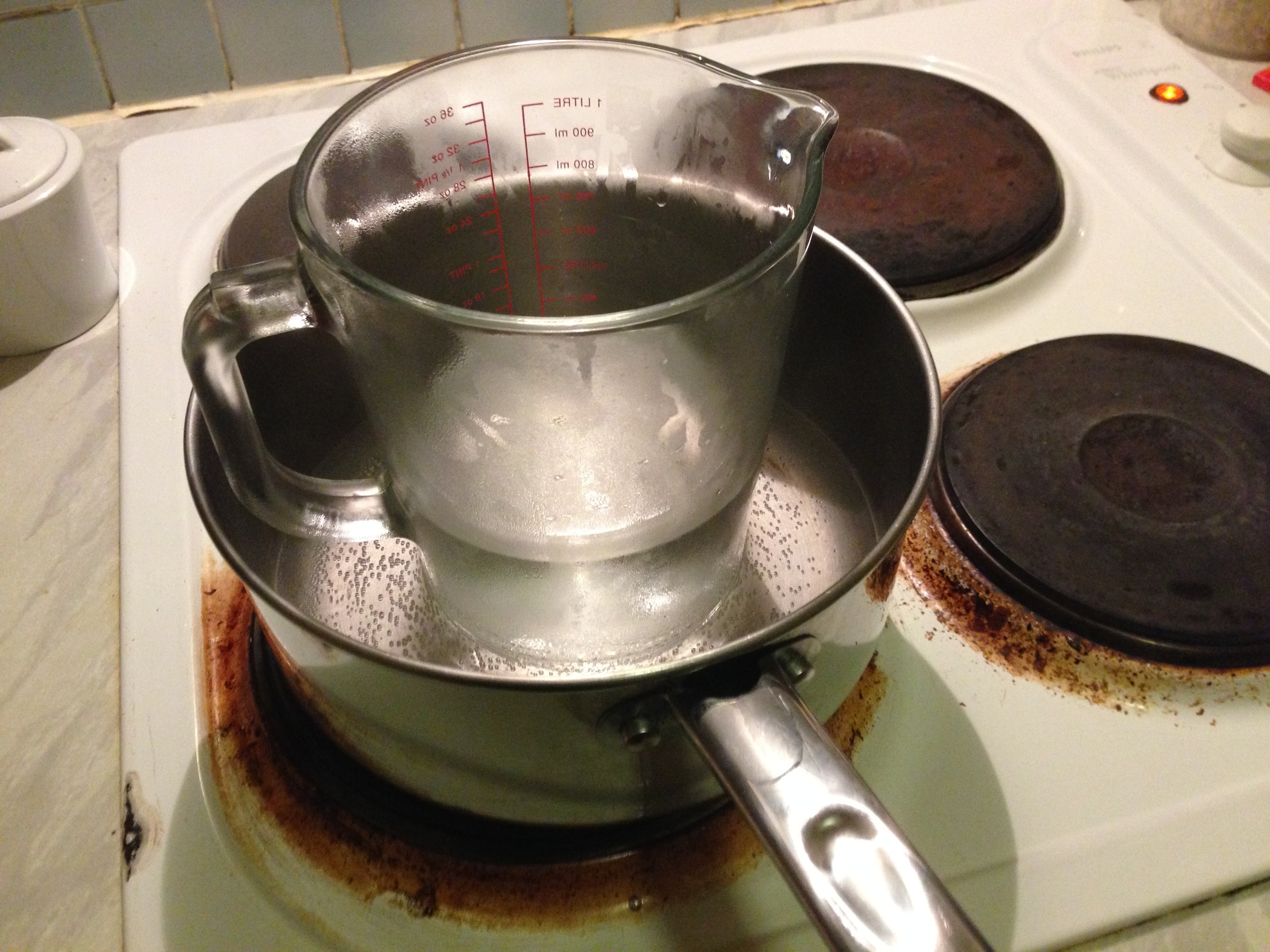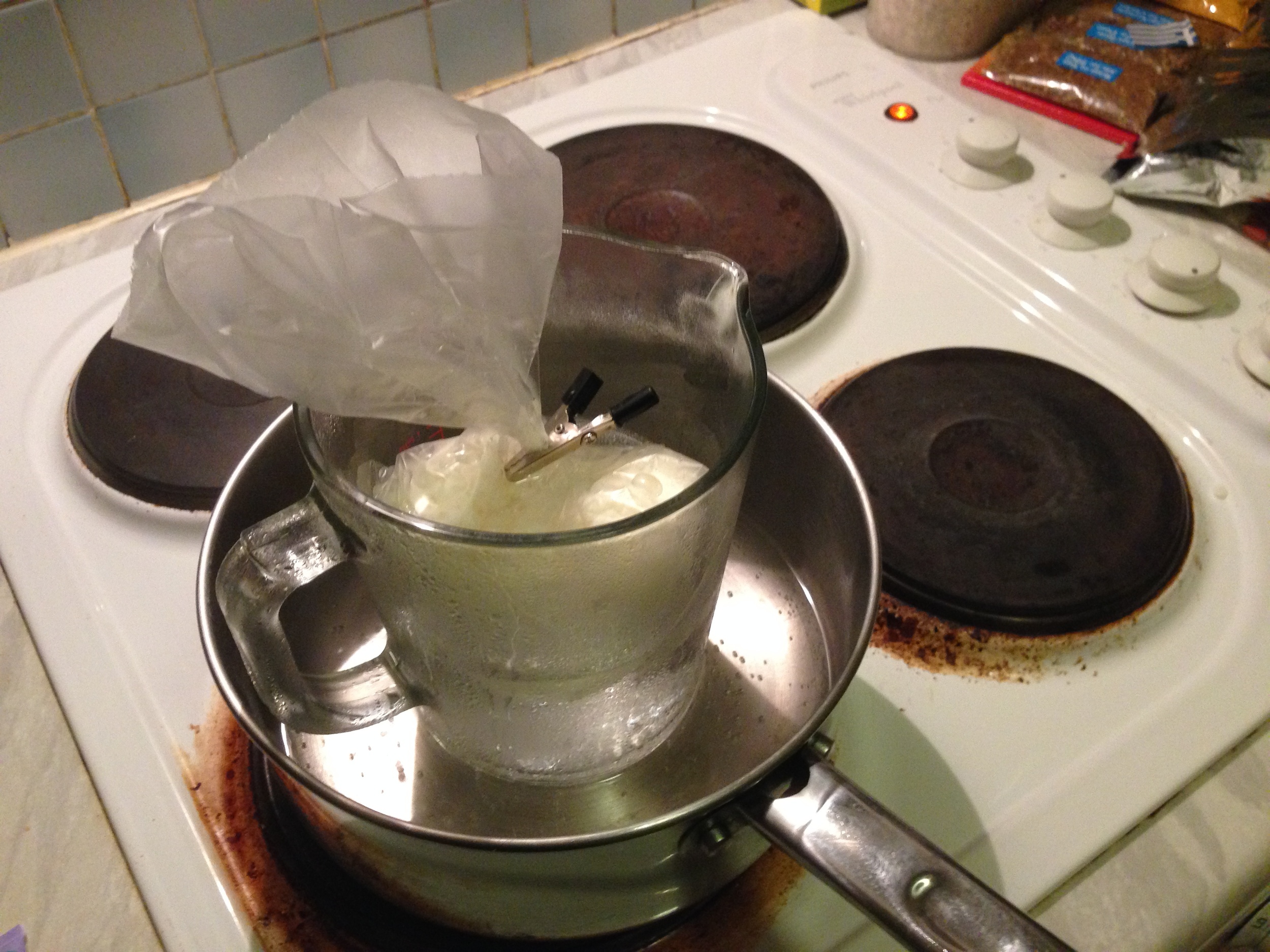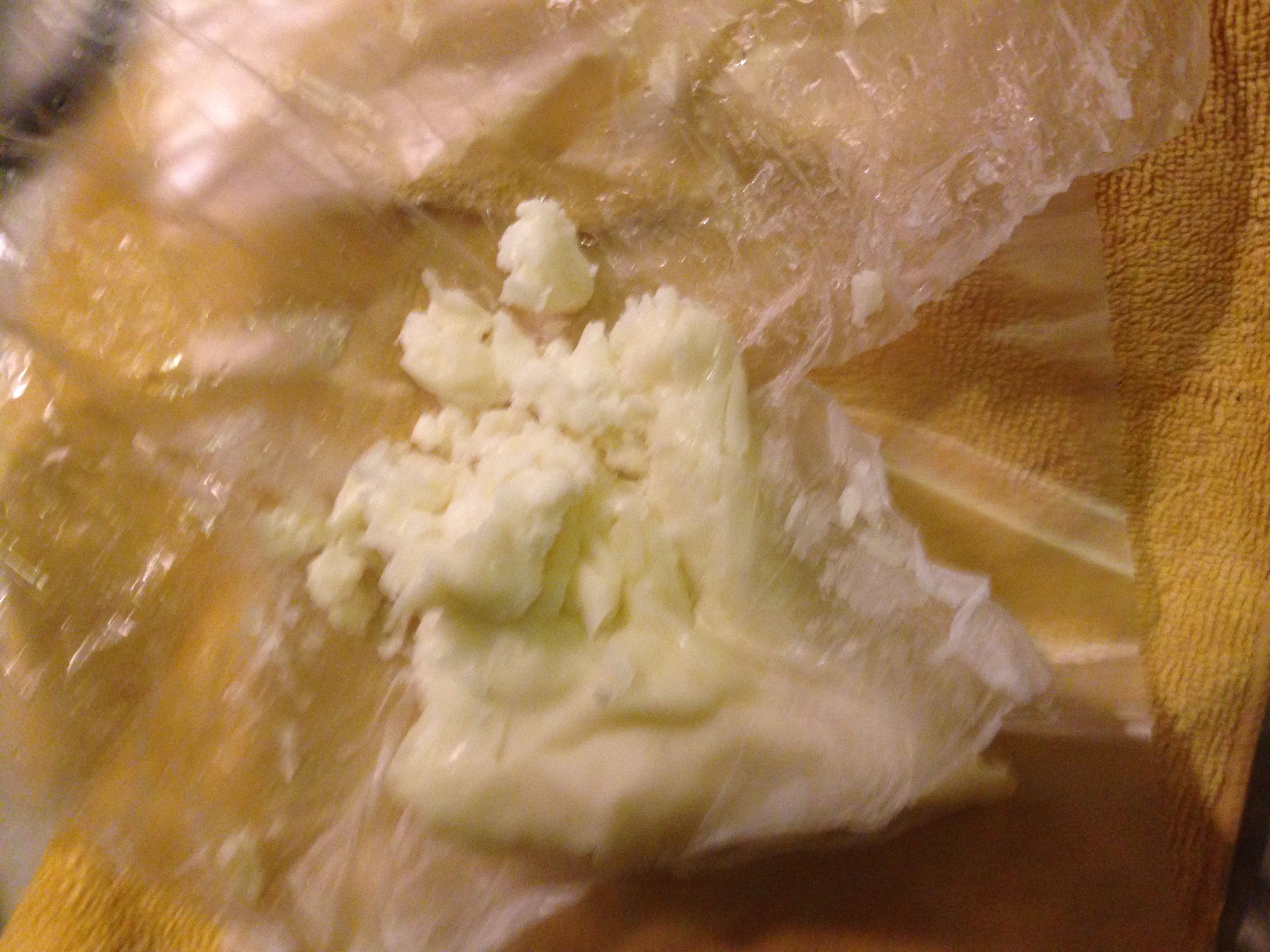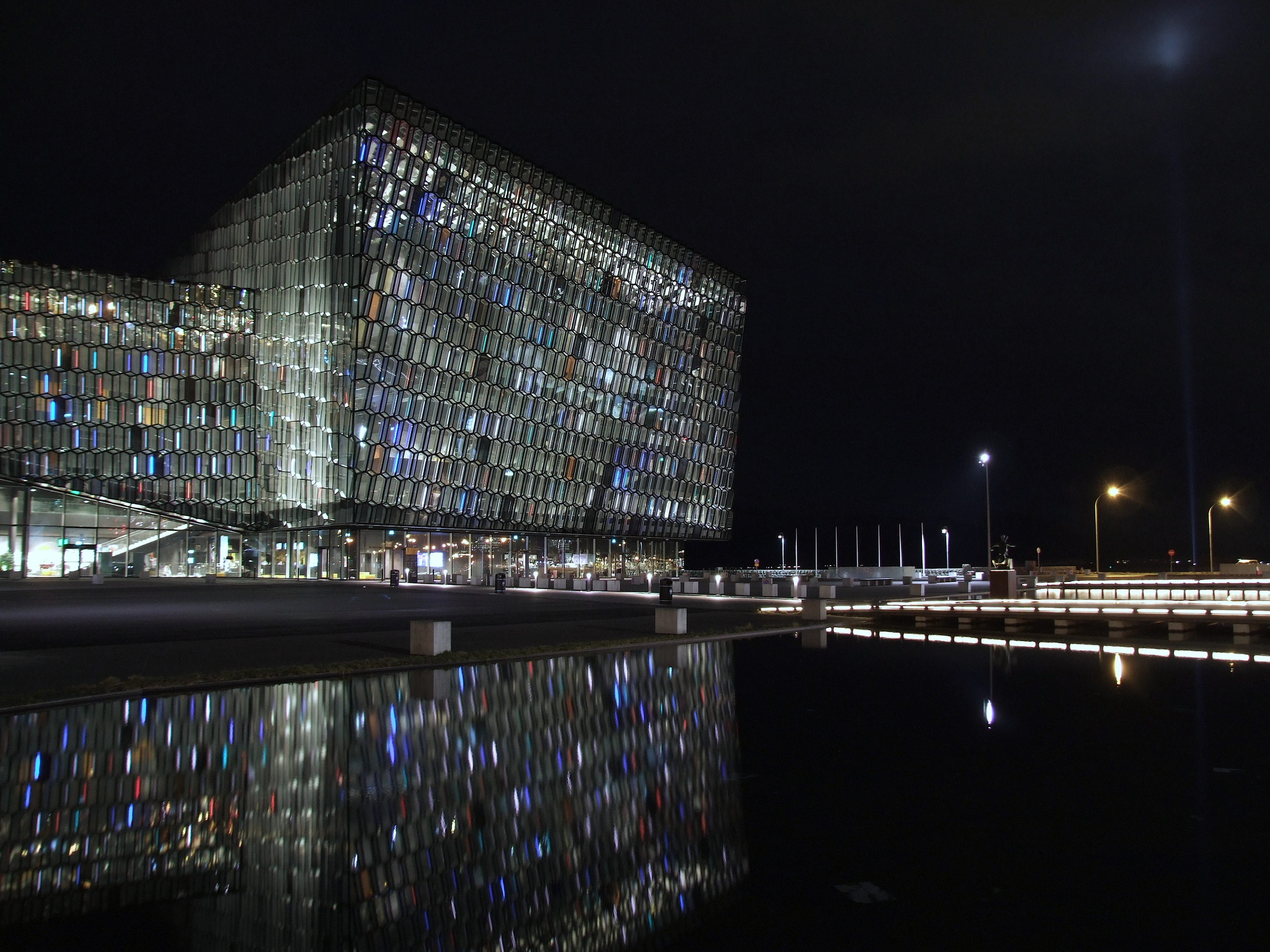I've been keen to test out my recently purchased Sony PCMD100 in a nature recording scenario, to see how the built-in microphones can handle a lower level, ambient environment. The PCMD50 was the choice handheld recorder for many, and the PCMD100 is supposed to have addressed some of the (minor) design issues of the D50. Any reviews I read were positive, and I had seen that a number of well known sound recordists were already using the D100 for professional work.
Overall, it has totally delivered on the promise of high quality, portable recording.
On the positives, it has a very solid build quality, has a big readable screen with switchable back light, quick start up, easily navigable menus; it comes with it's own remote and windjammer, and quality built in mics.
The main negative I've encountered so far is handling noise. Like most hand held recorders, it's sensitive to any movement you might make while holding it while recording. I had hoped Sony might have found a way to reduce handling noise, but I suppose any efforts to decouple the microphones from the recorder body would result in a larger form factor.
A tripod or hand held mount, like those from Rycote, is advisable for any run and gun recording. But, if you're able to stay totally stationary, it is possible to record handheld without making noise.
It's noise specs are rated at 19dBA, which is a little higher than is usually recommended for quiet recording. The Rode NT4 for example is rated at about 16dBA, but requires more kit to get into the field with.
A 5AM start allowed me to catch the Dawn Chorus in full swing so I set the D100 up on the tripod and started rolling. For the Dawn Chorus and the Blackbird pair recordings I made with the mics in their wide 120 degree pattern. For the other individual recordings, I had them set 90 degree XY. Even that early on a Saturday morning there was background noise from trucks on the main road. It was a grey Saturday morning, and it wasn't long until it began to rain, leaving the birds uninspired after 7am. It was easy to fit the D100 set up under nearby foliage if I had wanted to continue recording the rain ambience.
The supplied windjammer does a good job, as there were stronger winds on the Sunday, when I made the Chiffchaff recording. Any strong breeze will be heard, but depending how much fidelity you need, it would take a strong gust to start distorting the mics through the windjammer.
Another welcome inheritance from the previous model is the excellent battery life and extensive internal memory. One of the design changes made is the D100 will accept the standard SD card rather than the Sony Memory Stick format of the D50.
Doing some research, I found an OS map for Rossmore Park, a favourite spot of mine for some recording. On it, I noticed two markings for old ring fort remains that I'd never before heard about. With the weather forecast giving this Spring's first proper day of sunshine and warm temperatures, I had no excuse not to go exploring.
The biggest surprise on the walk through the woods, was finding a very ably constructed camp site, made mostly of wood and branches with some tarp for a roof. Someone had gone to the effort to camouflage the site as well. Rossmore is a relatively small park and can be busy on a warm day so the extra sense of freedom from going off track was very refreshing. Making it to the top of Barn Hill, through tree groves and under barb wire, and getting to enjoy the commanding view alone was a treat.
I've been reading Yuval Noah Harari's bestselling book - Sapiens: A Brief History of Humankind - and though from cursory searches it appears some of his opinions are more contentious than he let's on in the book, it is a great book for helping give a sense of the minute timescale that our species of human have roamed the planet. With those ideas swimming around my head, there was an additional feeling of wonder to stand on the visible geographic imprint of our ancestors.




